Reopening application window for Production Linked Incentive (PLI) scheme for White Goods has put the spotlight back on this very significant economic reform of the Government of India. The scheme has enormous potential to transform manufacturing sector by encouraging domestic and local productions to the tune of Rs. 30 lakh crore over the next five years, boosting economic growth and amplifying exports. This economic move has the potential to generate around 60 lakh employment opportunities, especially micro jobs which India need the most at this juncture.
PLI schemes are also aimed at enhancing competitiveness and leverage the untapped potential of Indian industries to fulfill the vision of an Aatmanirbhar Bharat. Keeping in view this vision, an outlay of INR 1.97 lakh crore had been announced in Union Budget 2021-22 under PLI schemes for 13 key sectors starting from fiscal year 2021-22. With the announcement, significant creation of production, employment, and growth is expected over the next five years and more.
Finance Minister Nirmala Sitharaman announced an additional allocation of Rs 19,500 crore under the PLI scheme for manufacturing high efficiency solar modules in her Union Budget 2022-23, besides committing financial support to farmers to take up agro-forestry.
The PLI schemes presently in place for 14 sectors, are being implemented by the concerned ministries and departments. Earlier, there was no plan to relax PLI scheme for White Goods, but considering their potential, the decision was taken to give this sector a big boost, attracting 42 applicants with indicative investment of Rs. 4,614 crore as on 03.11.2021.
The PLI schemes for various sectors are helping a lot to the post-Covid industrial and economic recovery. There appears to be positive industry feedbacks about these schemes as textile, automotive and white goods have started giving a good sign of growth. As per Piyush Goyal, Union Minister of Commerce & Industry, India wants to double its exports of auto components to 30 biliion dollar by 2026, which is presently 15 billiion dollar, though the present global auto component trade hovers around 1.3 trillion dollar.
The 14 key sectors coming under the PIL scheme include already existing 3 sectors namely – Mobile Manufacturing and Specified Electronic Components, Critical Key Starting materials/Drug Intermediaries & Active Pharmaceutical Ingredients and manufacturing of medical devices and 10 new key sectors like Automobiles and Auto Components, Pharmaceuticals Drugs, Specialty Steel, Telecom & Networking Products, Electronic/Technology Products, White Goods (ACs and LEDs), Food Products, Textile Products: MMF segment and technical textiles, High efficiency solar PV modules, and Advanced Chemistry Cell (ACC) Battery. PLI Scheme for drones and drone Components, has also been approved by the Union Cabinet in September 2021 taking the tally to 14.
The investments made by the companies in different sectors approved under the PIL scheme are different. For example, the companies coming in the category of large scale electronics manufacturing, have invested approximately Rs. 3,000 crore after first of April, 2020, while from pharmaceuticals sector, 55 applications have been approved with a total committed investment of Rs.5146.19 crore.
Implementing this scheme, the Government of India does underline the need to reduce logistics costs to make our production processes competitive in global markets. In the process, states are advised to reduce their specific procedural disabilities, if any, to boost the manufacturing sector. They are also urged to undertake suitable amendments in labour laws to take ample advantages of PLIs induced manufacturing growth.

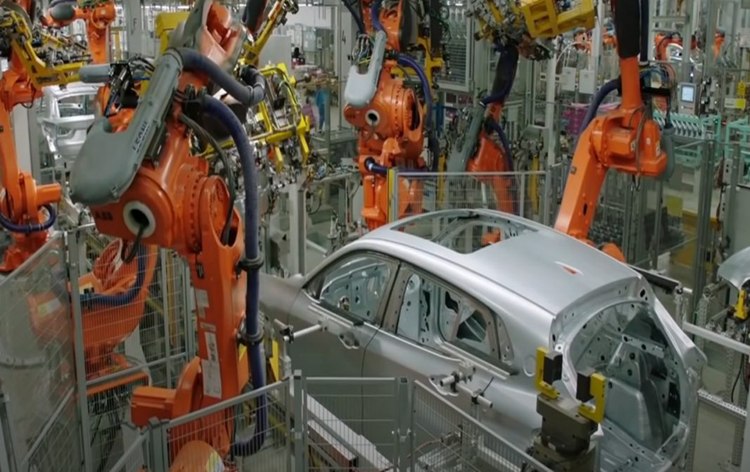


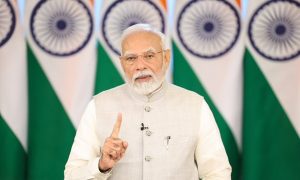

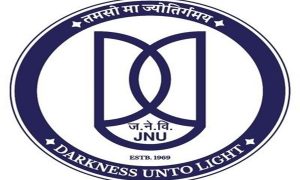













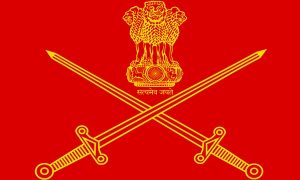



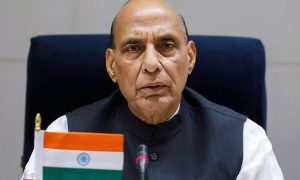



 WhatsApp us
WhatsApp us